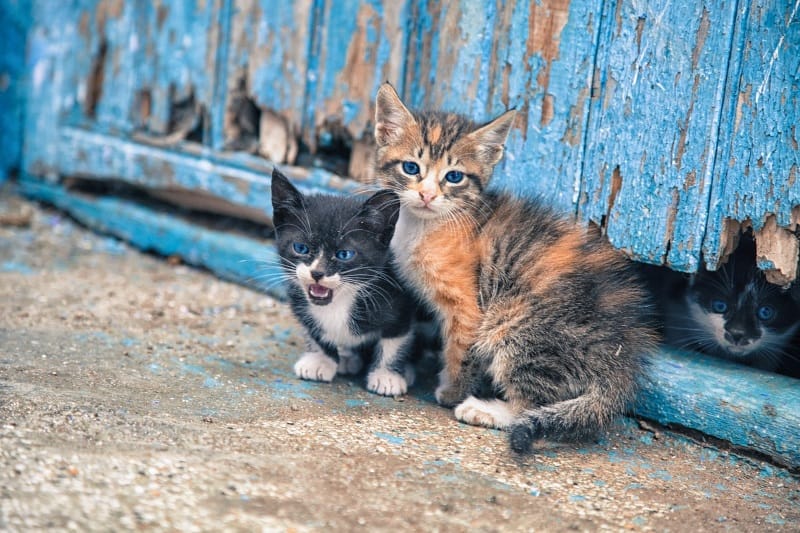Cats are adorable creatures that make excellent pets, but what about those cats that do not live with humans and instead live outdoors as wild, feral animals? While you may feel sorry for these cats, remember that some cats have not been socialized to live with humans and prefer a wildlife as part of a cat colony. However, several risk factors are attached to feral cats, such as uncontrolled breeding, illness, and fighting. Read on to learn more about four ways that you can help feral cats live healthier and happier lives without taking them in to your home.

- Organize neutering
One of the biggest challenges facing communities of feral cats is uncontrolled breeding. This can be a problem as it creates a population boom in feral cats, who could become a nuisance in the local area. Additionally, unneutered cats are more susceptible to injuries caused by fighting, as well as certain health conditions that can be caused by inbreeding. You can volunteer to work with a team to catch unsterilized cats and get them neutered by a trusted vet. Doing this helps prevent unwanted litters and reduces tensions between cats when a female cat is in heat.
- Provide veterinary care when required
If you live in an area that is also home to a community of feral cats, monitor their comings and goings so that you can tell when a cat might be in need of veterinary assistance. For instance, if a cat has been missing for a few days or is moving with an obvious limp, they might require medical attention. You might like to organize a community group of volunteers who can help catch the cat or bring in a specialist feral cat organization. Visit easyvet.com for more information about veterinary care for cats.
- Build shelters
The adverse weather conditions experienced during the colder winter months can have a hugely detrimental effect on feral cats’ health, especially if they have nowhere warm and dry to shelter. Fortunately, you can easily build cozy winter shelters for your community of feral cats. Use plastic or Styrofoam bins with removable lids and cut a small door in the front so that the cats can come in and out. For extra comfort and warmth, add an insulating material that the cats can bury into, like straw. Once assembled, place the shelters away from predators and lifted up off the cold ground.
- Regular feeding
Feral cats are very resourceful and will often be able to find their own food supplies as hunting is a natural instinct for them. However, there may be certain periods, particularly during the winter, when food is not as easy to find. Therefore, it might be beneficial for your community of feral cats if you provide them with some extra food, just make sure that you put it where the cats can reach, but other scavengers are less likely to get at it.
 2018 ·
2018 ·